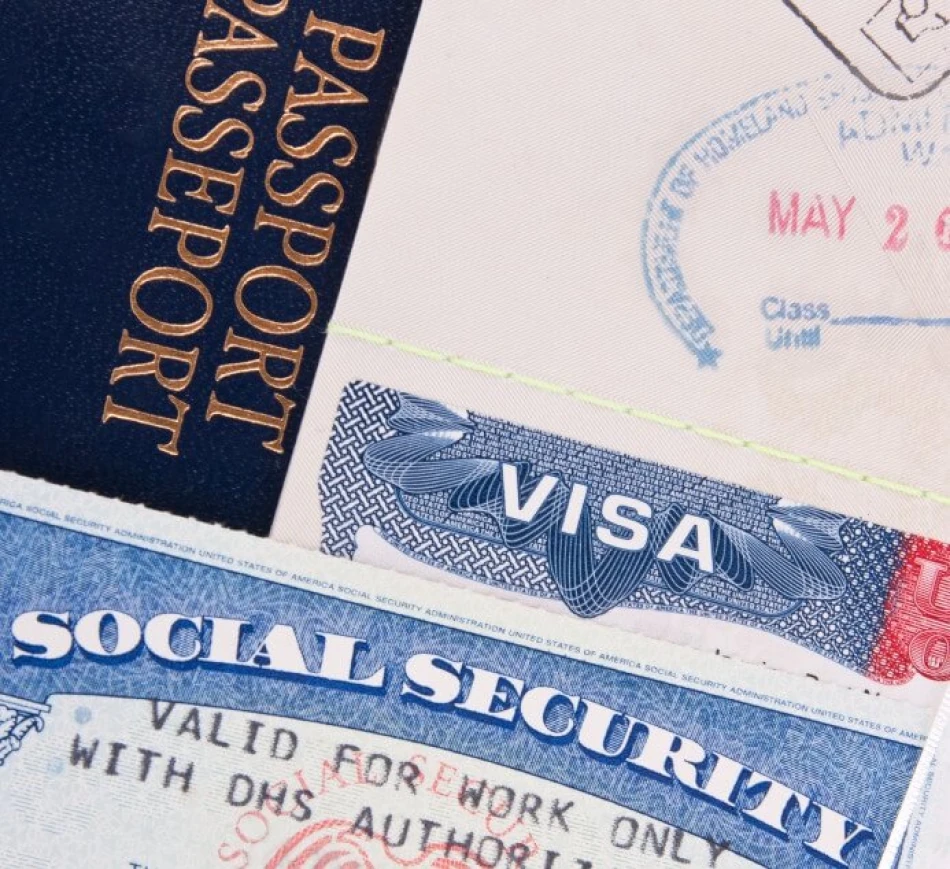
Potential $15K Sponsorship Requirement for U.S. Tourist or Work Visa Entry
US Revives Trump-Era Bond Program Targeting Tourist and Work Visa Applicants
The United States is set to launch a pilot program requiring financial bonds of up to $15,000 from certain tourist and temporary work visa applicants, marking a return to hardline immigration policies first conceived during the Trump administration. The initiative, beginning August 20, specifically targets travelers from countries with high visa overstay rates and inadequate security screening capabilities.
How the Bond System Works
Under the new program, US consular officers will have the authority to impose financial guarantees on visa applicants from high-risk countries before entry is permitted. The bonds, which can reach $15,000 per person, are designed as a deterrent against overstaying permitted residence periods in the United States.
The program will run for approximately one year as a pilot, allowing immigration officials to assess its effectiveness in reducing visa violations. Applicants who comply with their visa terms would presumably have their bonds returned, while those who overstay could forfeit the money.
Targeting High-Risk Countries
The initiative focuses on two categories of nations: those with historically high rates of visa overstays and countries lacking sufficient security screening infrastructure. While the official notice published in the Federal Register doesn't name specific countries, this approach typically affects developing nations with weaker governmental institutions.
This selective targeting raises questions about potential discrimination and could strain diplomatic relationships with affected countries, particularly those already dealing with economic challenges that make the $15,000 bond prohibitively expensive for many citizens.
Revival of Stalled Trump Policy
The current program represents a resurrection of a similar initiative first proposed in November 2020 during Trump's final months in office. That earlier version never reached full implementation due to the dramatic collapse in international travel caused by the COVID-19 pandemic.
The timing of this revival is significant, as it demonstrates continuity in certain immigration enforcement mechanisms despite changes in presidential administrations. The policy aligns with Trump's broader immigration agenda, which included travel bans affecting 12 countries and increased deportation operations.
Economic and Diplomatic Implications
From an economic perspective, the bond requirement could significantly reduce tourist and business travel from targeted countries, potentially impacting US tourism revenue and business relationships. The $15,000 threshold represents a substantial barrier, particularly for middle-class travelers from developing economies.
For affected countries, this policy may prompt diplomatic protests and could influence their own visa policies toward American citizens. Nations might view the bonds as discriminatory, especially if applied inconsistently across different regions.
Broader Immigration Enforcement Context
This bond program fits within a larger framework of administrative immigration controls that don't require congressional approval. Unlike comprehensive immigration reform, which faces legislative gridlock, executive-level visa policies can be implemented relatively quickly and adjusted based on political priorities.
The focus on visa overstays addresses a significant component of unauthorized immigration to the US, where studies suggest that overstaying legal visas accounts for a substantial portion of undocumented residents. However, critics argue that financial penalties disproportionately affect legitimate travelers while doing little to address underlying immigration challenges.
 Sara Khaled
Sara Khaled







